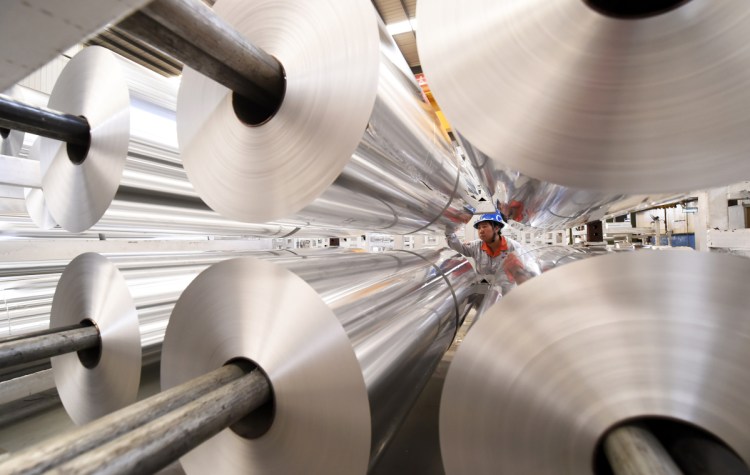President Trump has decided to impose tariffs on $200 billion in Chinese goods, two people briefed on the decision said, one of the most severe economic restrictions ever imposed by a U.S. president.
An announcement is expected to come within days, the people said, speaking on condition of anonymity.
The new tariffs would apply to more than 1,000 products, including smartphones, televisions, toys, and a range of other products. These penalties could drive up the cost of a range of products ahead of the crucial holiday shopping season, although it’s unclear how much.
Trump has ordered aides to set the tariffs on these products at 10 percent across a range of consumer products, likely leading to higher prices for American consumers. These tariffs are paid by U.S. companies that import the products, although they often pass the costs along to U.S. consumers in the form of higher prices.
The U.S. imports roughly $500 billion in Chinese goods each year, and – combined with existing tariffs – these new penalties would cover half of all goods sent to the U.S. from China each year.
The 10 percent tariff is scaled back from Trump’s initial plan, which was to impose 25 percent penalties on all of these imports. But the impact will still likely be felt by millions of American consumers, as it would apply to smartphones, computers, toys, televisions, and many other middle-class staples.
On Friday, White House spokeswoman Lindsay Walters said “the president has been clear that he and his administration will continue to take action to address China’s unfair trade practices. We encourage China to address the longstanding concerns raised by the United States. ”
All of Trump’s top advisers have been united in his effort to push China to change its economic practices, but they have been split on his tactics. Some have advocated a more cautious, diplomatic approach.
But Trump has signaled that he believes only the threat of real economic pain will coerce Beijing into major changes. He has recently boasted that he believes China’s economy is suffering because of his hard-charging style.
Trump has accused China of a number of unfair trade practices, and he has threatened to impose tariffs on all Chinese imports if changes aren’t made. He wants China to buy more American products, open up China to more U.S. investment, and stop stealing U.S. intellectual property, among other things.
The tariffs come as a number of top White House advisers have been trying to de-escalate tensions between Trump and Chinese leader Xi Jinping. Treasury Secretary Steven Mnuchin was planning to restart talks with Chinese leaders soon, but they have vowed to retaliate for any escalation of the trade battle between the two countries with punitive steps of their own, and Trump’s move could further push Beijing to retaliate.
Trump has tried to use tariffs as a way to penalize a number of countries this year, including Mexico, Japan, Canada, and members of the European Union, hoping that the threat of driving up costs on their products will make them more open to his demands.
Trump first imposed tariffs on roughly $50 billion in Chinese products, and the list of items mostly included industrial equipment to not directly impact consumers.
China responded by imposing tariffs on U.S. products like beef and soybeans.
Send questions/comments to the editors.



Success. Please wait for the page to reload. If the page does not reload within 5 seconds, please refresh the page.
Enter your email and password to access comments.
Hi, to comment on stories you must . This profile is in addition to your subscription and website login.
Already have a commenting profile? .
Invalid username/password.
Please check your email to confirm and complete your registration.
Only subscribers are eligible to post comments. Please subscribe or login first for digital access. Here’s why.
Use the form below to reset your password. When you've submitted your account email, we will send an email with a reset code.